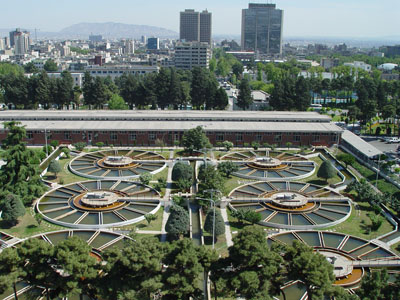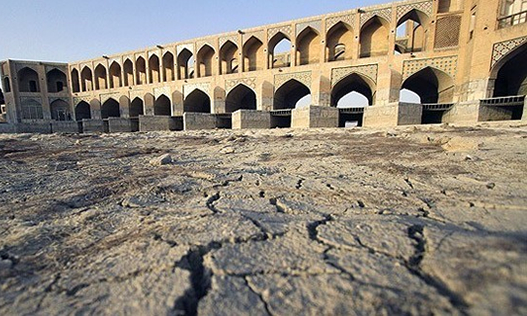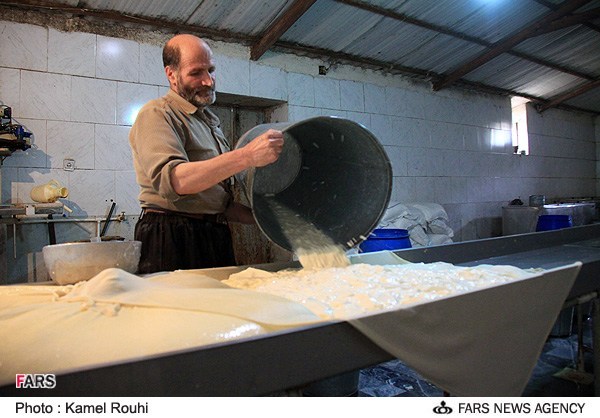
In spite of opposition from experts, the government plans to import water from Turkey’s Lake Van in order to resurrect Lake Urmia. Located in north-west of Iran, Urmia Lake was the largest salt-water lake in the Middle East. In 2008, the lake was halved following the construction of Mian-Gozar Bridge, which shortens the traveling time from the city of Urmia to Tabriz. Since then Lake Urmia started to shrink to be reduced to 10% of its former size.
Various plans to resurrect the lake have been unsuccessful so far and this week Shahrvand daily reports that in spite of the 26% increase in downpour, water levels in Lake Urmia have fallen by 2 centimeters. Based on plans to resurrect the lake by 2023, water levels must rise by 3.5 meters which calls for the import of 13 billion cubic meters of water.
Experts believe that transferring water from the Caspian Sea or importing water from Turkey are not only costly, but will only provide short term remedies and will not resurrect the lake. Although downpour in Iran is a third of the global average, water consumption is higher than the global average. On the other hand, the change in agricultural patterns in the basin of Lake Urmia has increased the need for water. For example, produce such as grapes which require little water have been replaced with apples and beetroots which require lots of water.



